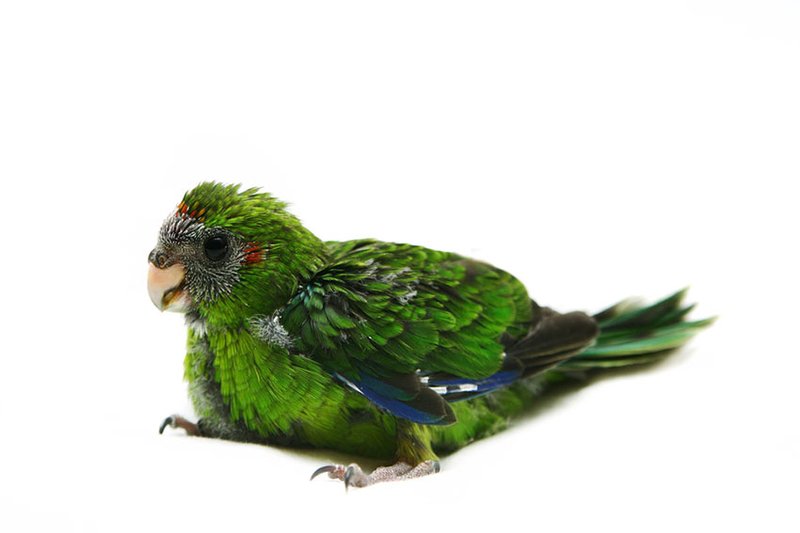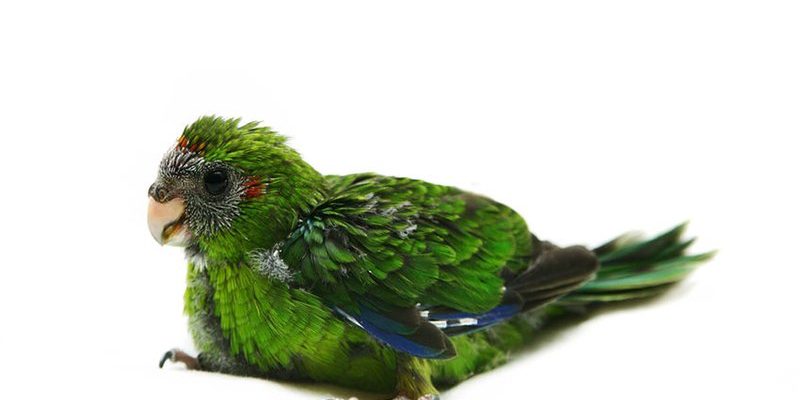
In the wild, Amazon parrots are native to the forests and savannas of South America, where they thrive in diverse habitats. Much like how we find comfort and security in our homes, these parrots create nests to protect their young and establish their territory. Let’s dive into the intriguing world of Amazon parrot nesting habits and the stages of their lifecycle, exploring how these remarkable birds go from eggs to fledglings.
Nesting Preferences of Amazon Parrots
One of the first things you might wonder is, where do Amazon parrots like to nest? These birds are relatively picky about their real estate, often preferring **cavities in trees**. They look for old, hollowed-out areas that provide safety from predators and the elements. Just think about how you feel when you find a cozy spot on the couch; that’s how vital a secure nesting site is for them.
In the wild, Amazon parrots often choose deeper cavities, which offer more protection. These nests can be found in various types of trees, including **mango, palm, and mahogany**. Typically, they’ll return to the same tree year after year, much like how we might return to a favorite vacation spot. Nesting in familiar places helps them feel secure and boosts their chances of raising healthy chicks.
Nesting Materials
Now that we know where they like to nest, you might be curious about what materials they use. Amazon parrots are resourceful! They often line their nests with bits of **leaves, moss, and feathers**. It’s a bit like making a comfortable bed; they want their chicks to be cozy and protected. The lining not only provides warmth but also helps absorb moisture, keeping the environment inside the nest just right.
Interestingly, these birds also use available resources in their habitat. If they find interesting twigs or pieces of bark, they might incorporate those into their nests, showcasing their creativity. It’s a reminder of how adaptable nature can be, much like us when we have to make do with what we have.
The Nesting Process
Once an Amazon parrot has found the perfect spot, it’s time to start the nesting process. During the breeding season, which varies depending on the region, these birds engage in elaborate courtship rituals that include vocalizations and displays of affection. It’s like a beautiful dance, showcasing their commitment to each other.
After a successful courtship, the female will lay a clutch of **2 to 6 eggs**, which she will incubate for about **25 to 30 days**. During this period, the male often helps by bringing food to her, demonstrating their partnership. You can picture them as a team working together to prepare for their new family.
The warmth of the mother’s body is crucial during incubation, ensuring the eggs develop properly. It’s quite a delicate process, where every moment counts. If you think about it, it’s a bit like waiting for a cake to bake perfectly—patience is key!
Incubation and Hatching
While the female incubates the eggs, the male stands guard and forages for food. This division of labor is not just practical; it’s a critical part of the parenting strategy. The chicks need proper nourishment as soon as they hatch, and the male ensures the female remains fed and healthy during this crucial time.
After nearly a month, the eggs will start to hatch. The chicks are born **altricial**, meaning they are born without feathers and with their eyes closed—quite helpless. They rely entirely on their parents for warmth and food. Imagine being a new parent and suddenly having to care for those tiny beings; it’s a big responsibility!
Caring for the Young Chicks
Once the chicks hatch, the real work begins for the parents. They are tasked with feeding the little ones a diet of regurgitated food, which is rich in nutrients. This diet is vital for the chicks’ growth and development. The parents will also keep the nest clean, removing any waste that accumulates—much like how we might tidy up a nursery.
The chicks will typically fledge, or leave the nest, about **10 to 12 weeks** after hatching. During this time, you’ll witness a significant transformation as they grow feathers and learn to stretch their wings. It’s a thrilling moment, like watching a child take their first steps.
Learning to Fly
When it’s time for the young parrots to take flight, they experience a mixture of excitement and uncertainty. At first, they may flutter around the nest, testing their wings before actually flying. This period is essential, as it allows them to practice balance and develop their muscles. Just think of it as their very own version of flying school.
After they fledge, the young Amazon parrots will stay near their parents for some time, learning to forage for food and navigate their environment. It’s a time of exploration, during which they’ll mimic their parents’ behaviors. They learn not just how to fly but also how to survive.
The Amazon Parrot Lifecycle
The lifecycle of an Amazon parrot is fascinating and quite complex. Starting from the incubation of the eggs to fledging, and eventually to becoming independent adults, it’s a journey filled with challenges and triumphs. On average, Amazon parrots can live up to **40–60 years** in captivity, depending on their care and environment.
In the wild, however, they face numerous challenges, from habitat loss to predators. The way they adapt and thrive in various conditions showcases their resilience. As they grow older, they may engage in breeding themselves, continuing the circle of life.
Importance of Conservation
As we marvel at the lifecycle of these remarkable birds, it’s essential to emphasize the importance of conservation efforts. Habitat loss is a significant threat to Amazon parrots. By protecting their natural environments, we ensure that future generations can enjoy the beauty and intelligence of these parrots.
You might even consider getting involved in local conservation initiatives. Small efforts can make a big difference, much like how every little raindrop contributes to a river. By raising awareness and supporting habitat preservation, we can help secure a brighter future for Amazon parrots.
Amazon parrots are more than just colorful companions; they embody a rich lifecycle filled with unique nesting habits and family dynamics. From their careful selection of nesting sites to the nurturing of their young, these birds illustrate the beauty of nature’s design. Understanding their habits not only enriches your experience if you own one, but it also highlights the need for conservation efforts.
Every aspect of their lifecycle—from courtship to fledging—serves as a powerful reminder of the delicate balance of life. As we continue to learn about and appreciate these incredible creatures, we can also play a role in ensuring their habitats thrive for years to come. So, next time you see an Amazon parrot, remember the intricate journey they undertake to raise their young, and perhaps even feel a little inspired!

